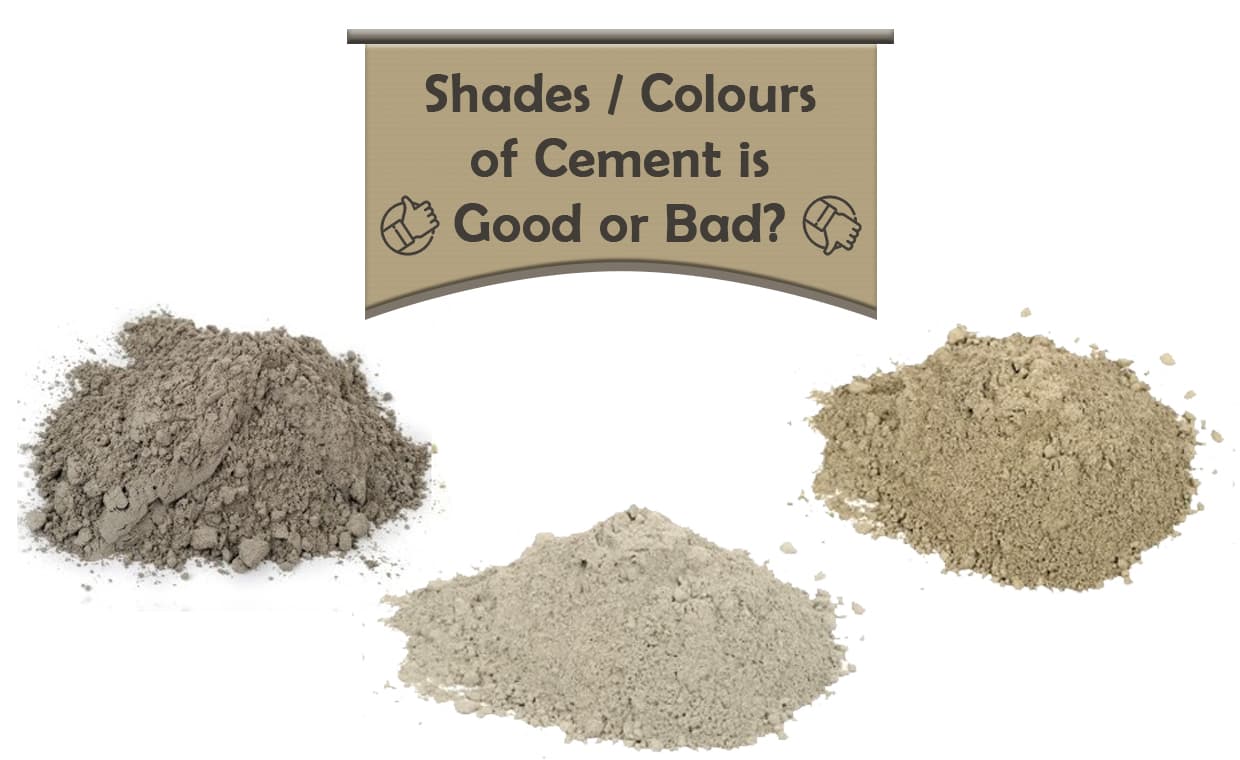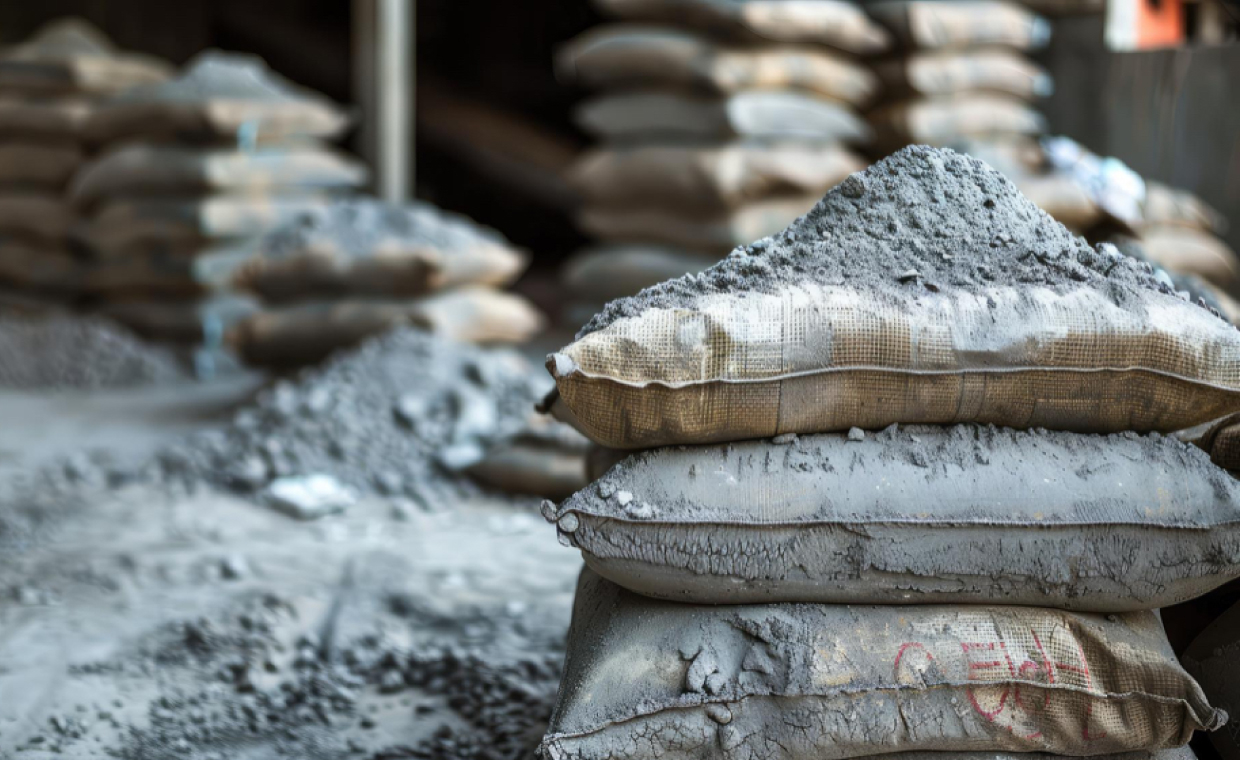
Technically, ‘No’. The strength of cement does not depend upon its shade.
Cement is a composite material. It is manufactured by heating various raw materials such as limestone, silica, alumina, iron oxide etc. which are found naturally from clay or shale, to a very high temperature. The mixture is then ground into the fine powder known as cement.
According to the Cement Manufacturer’s Association, limestone forms around 95% of the total raw material for cement production. Cement manufacturing also consumes other minerals like gypsum, Quartz, bauxite, coal, kaolin (china clay) and iron ore in varying amounts.
Usually, fresh cement gets its colour from the nature and colour of its raw materials used. Since raw materials are procured from different mines, the colour of the cement vary from factory to factory. The shade may even vary across different batches of cement produced in the same factory.
Quality of the cement doesn’t depend upon its shade. It mainly depends upon the quality of the raw materials used, fineness of the cement, and the quality control measures adopted during its manufacturing process. Cement is known as Portland cement, as its colour was similar to the colour of natural soil in the ‘Portland’ town of England.
Manufacturing of cement involves two types of processes, wet manufacturing process of cement and dry manufacturing process of cement. In both these processes, the raw materials interact with each other in the kiln and form more complex compound during the manufacturing process.
Shade or Colour of Cement Affects the Strength of Cement
According to the Portland Cement Association, Bricklayer Joseph Aspdin of Leeds, England invented cement early in the 19th century by burning powdered limestone and clay in his kitchen stove. Since its colour resembled the colour of Portland stone on Isle of Portland, he named it as Portland cement.
Normally, the colour of ordinary Portland Cement is greenish grey. In blended cement, various pozzolana materials such as fly ash, slags, rice husk ash, micro silica, etc. are added replacing bulk quantity of cement to achieve higher strength at lower cost. The blended cements are eco-friendly since they use disposable by-products which otherwise harm the environment. The pozzolana materials can be either artificial or natural products. Therefore, their colour too differs based on their sources. Therefore, the shade of blended cement also differs based on sources of the pozzolana materials. To know more about fly ash, slags, rice husk ash, micro silica, etc. read pozzolana materials.
Different types of aggregates are used to make the concrete. We have already classified aggregate based on their size, shape and nature of formation. Aggregates play an important role in concrete. The colour of the finished concrete is also affected by the colour of the aggregates, and to a lesser extent by the colour of the cement.
Ergo, the colour of cement is not a criteria to assess either strength of cement or of concrete or of the mortar. Hence, opting for the cement based on the colour is misleading.
Remember, IS mark is mandatory for all cement manufacturers in India. Hence, all cement must have basic properties and strength that are needed irrespective of raw materials, brand, colour, and manufacturing process. Hence, the shade does not matter.
Final Words
Colour of the cement depends on the source of raw materials, sources of its pozzolanic admixtures and manufacturing process. However, colour is not the yardstick to measure the strength and quality of cement. Choose the cement whichever is stable, sustainable, and good for house construction.
Buy Cement Related Books:
































